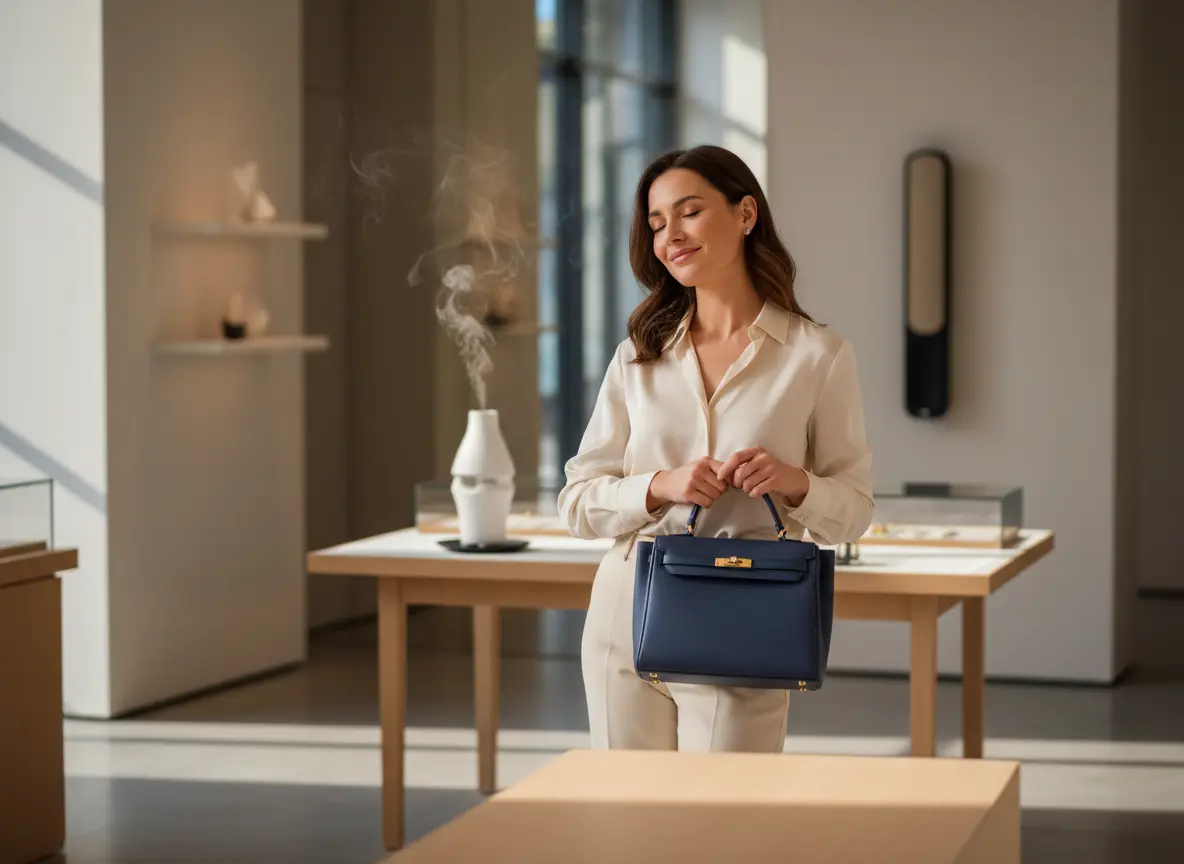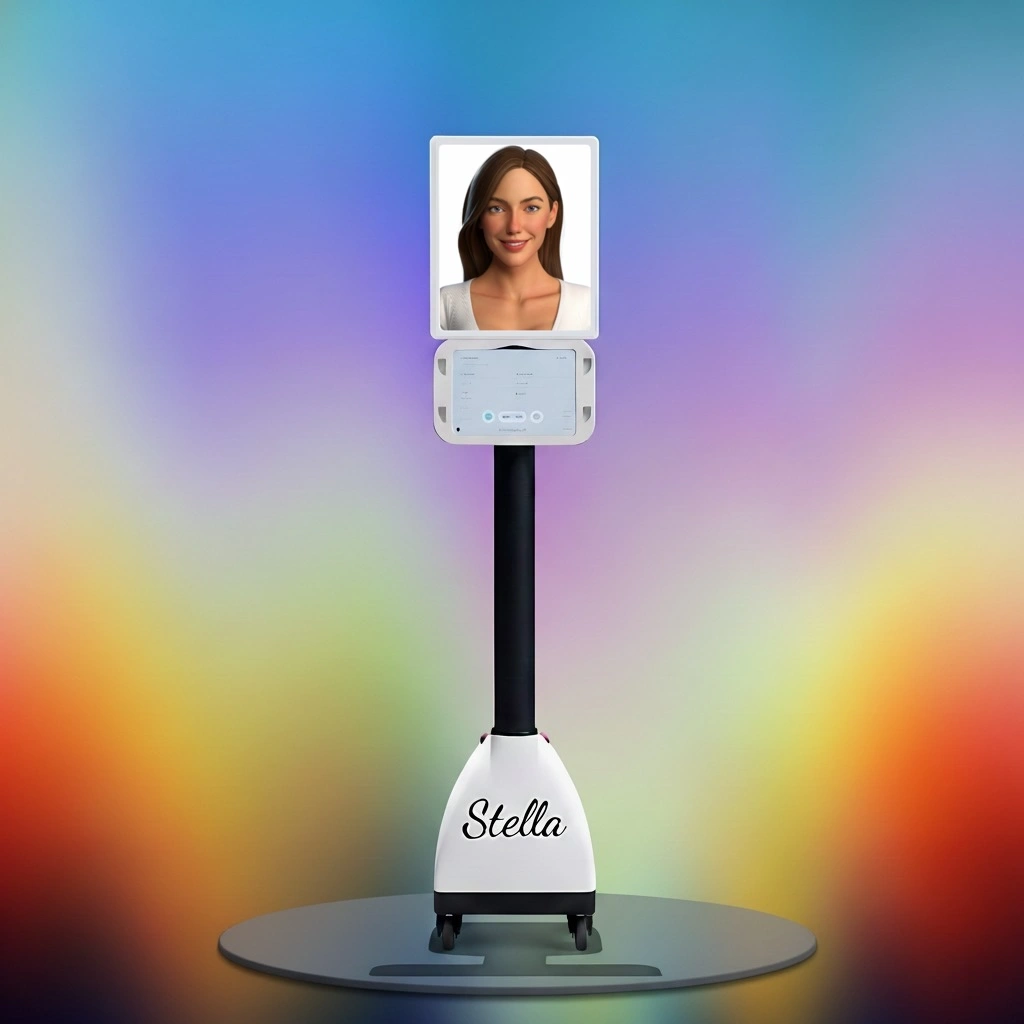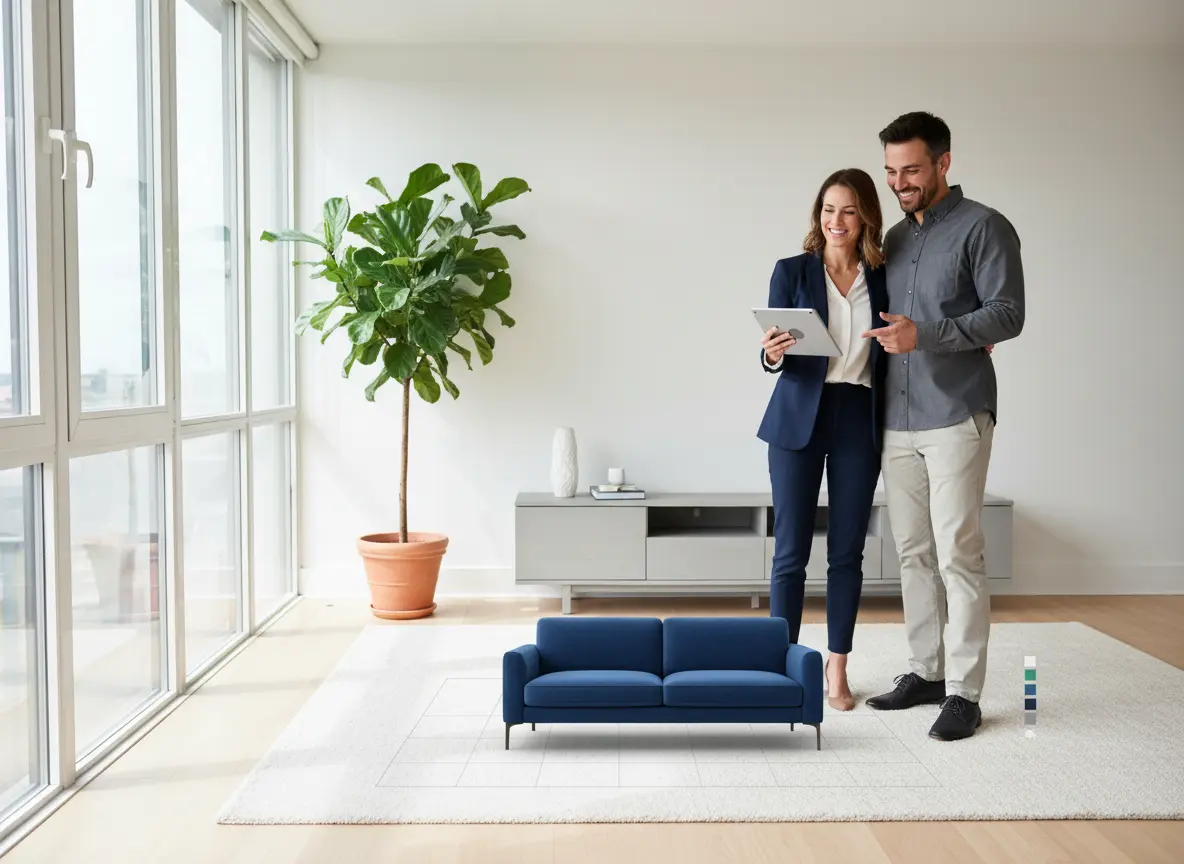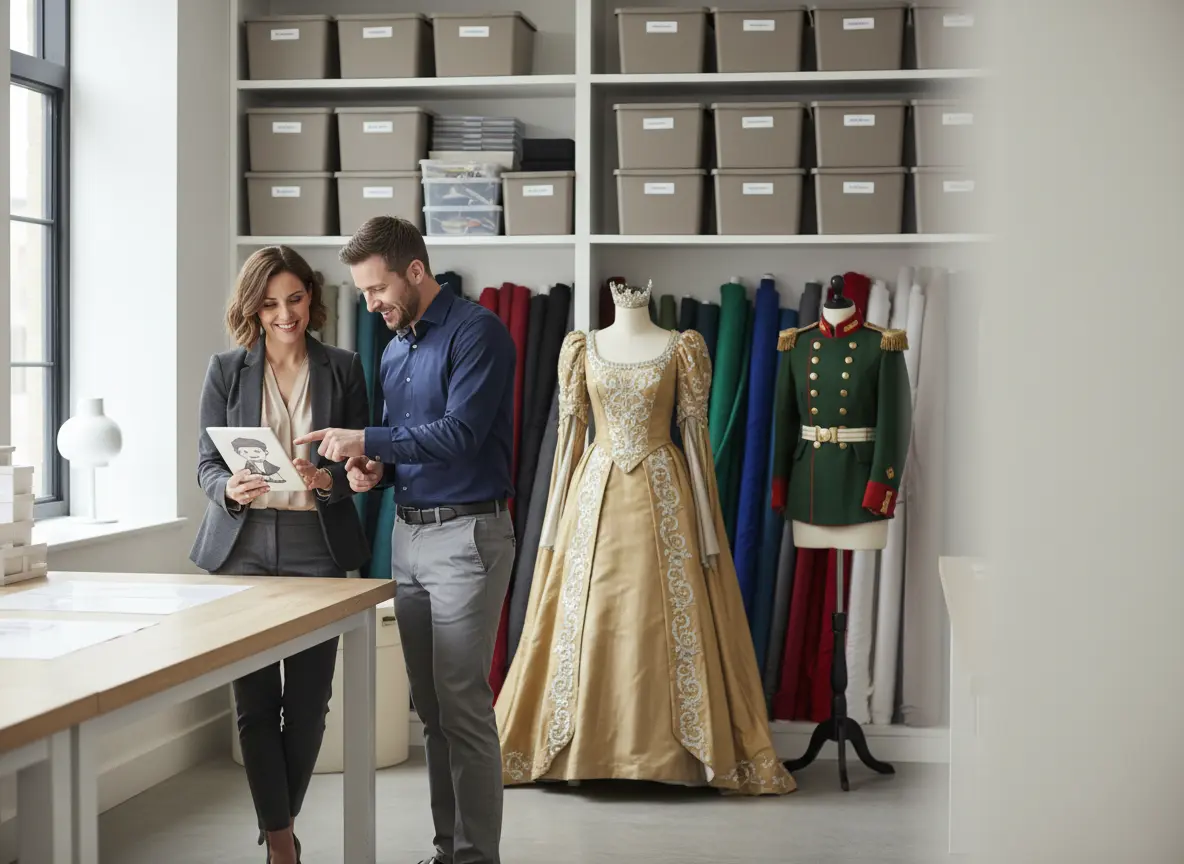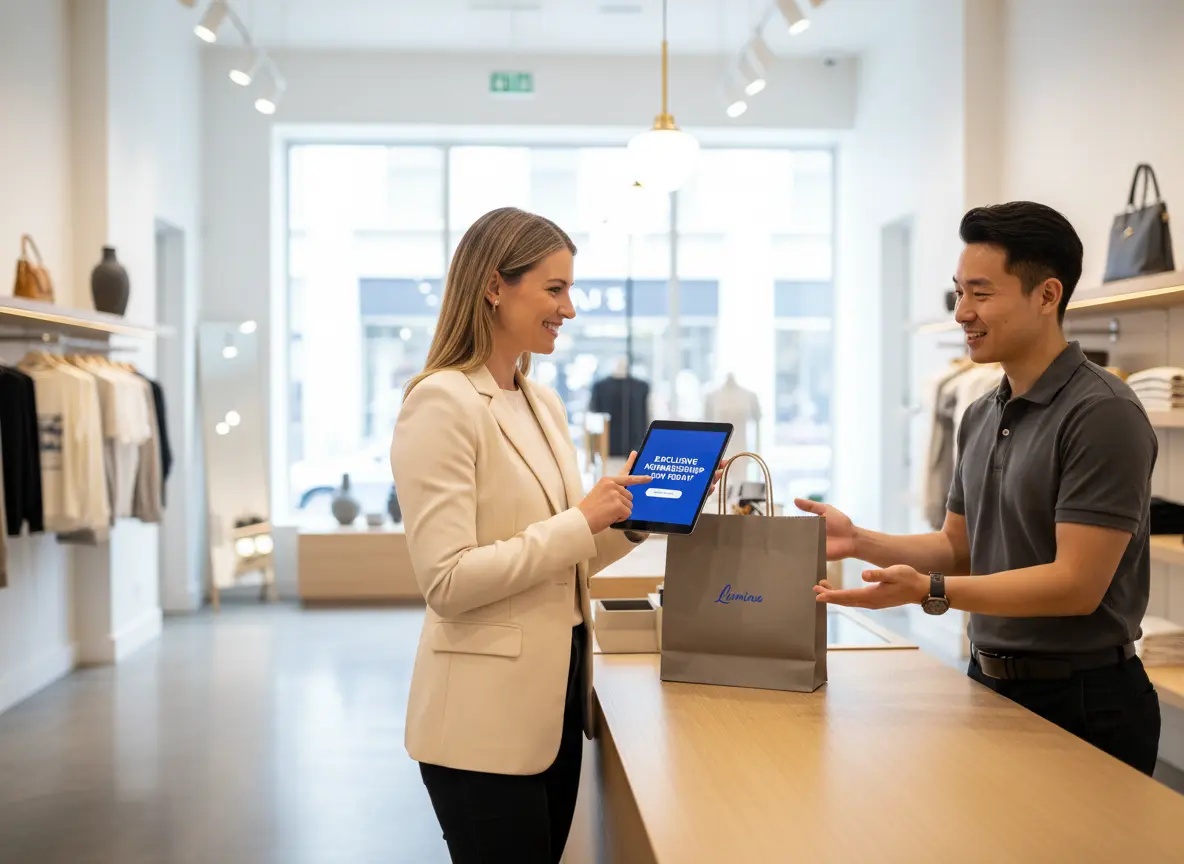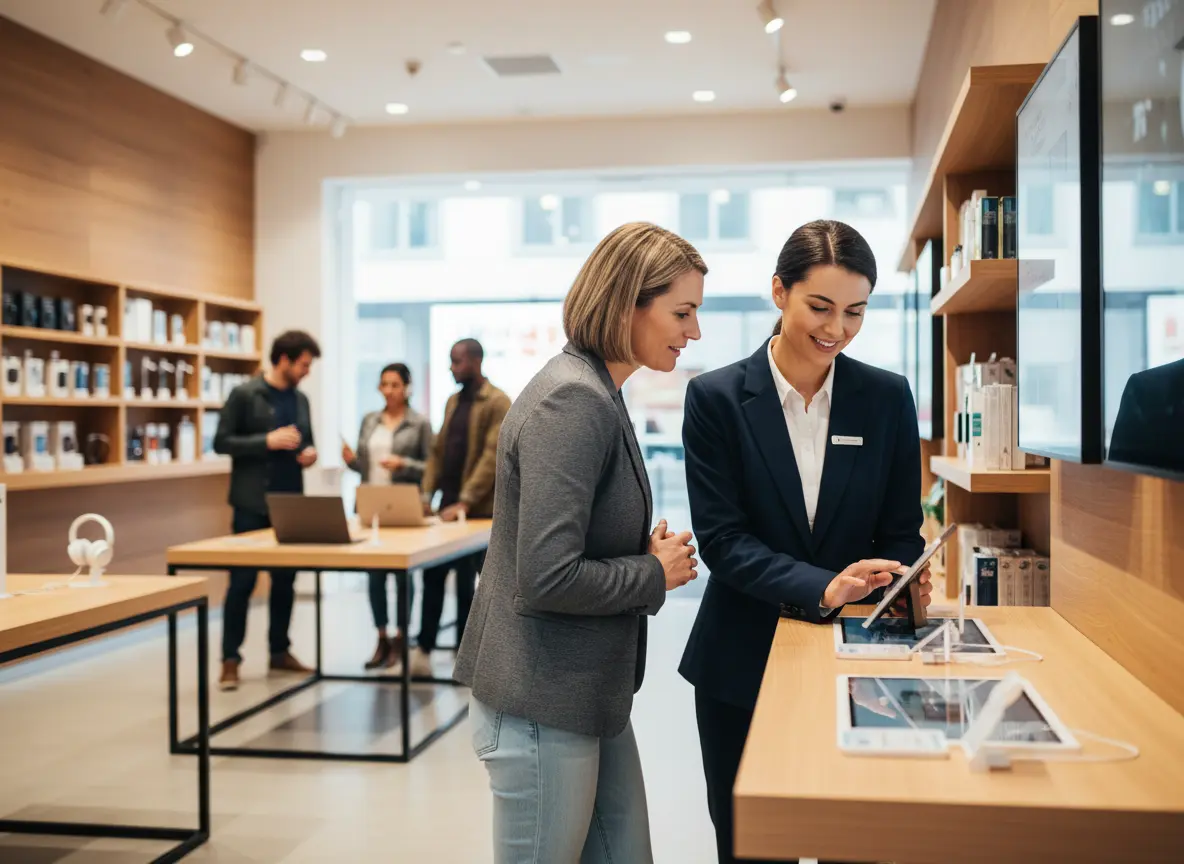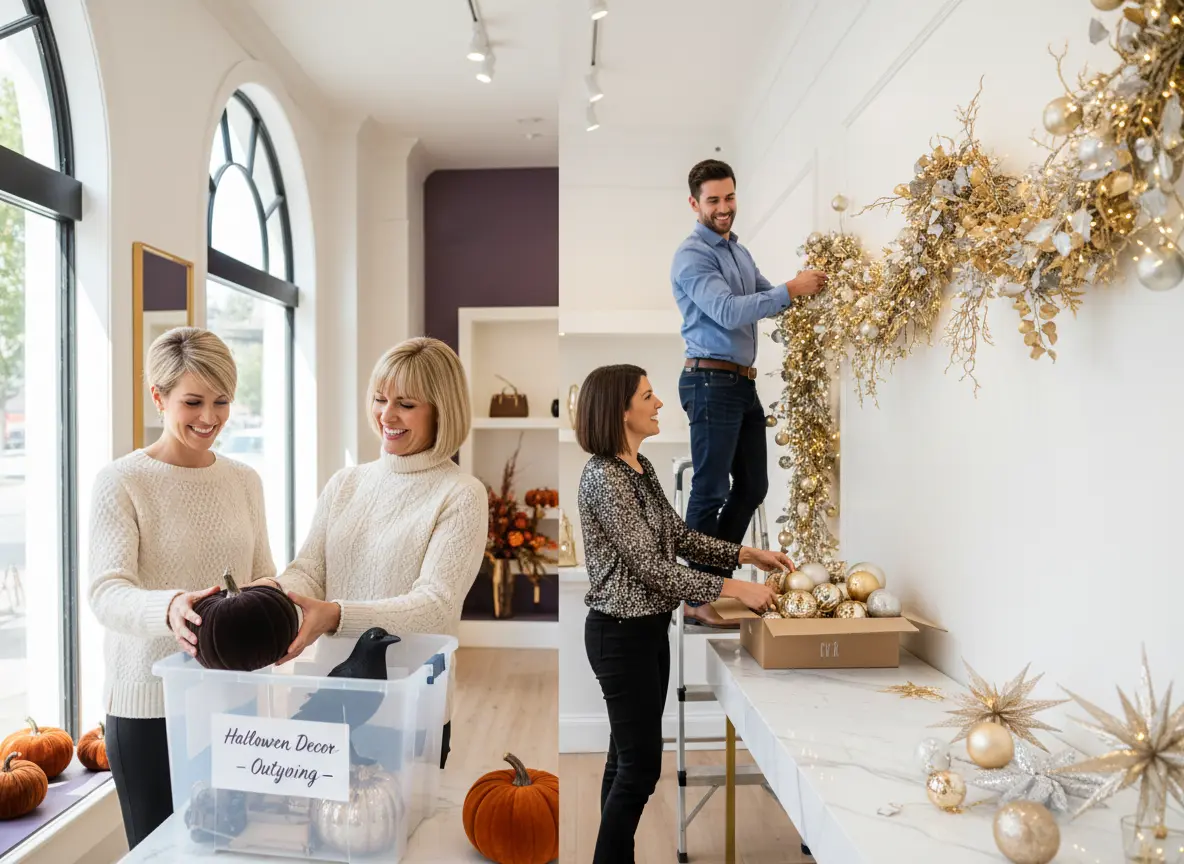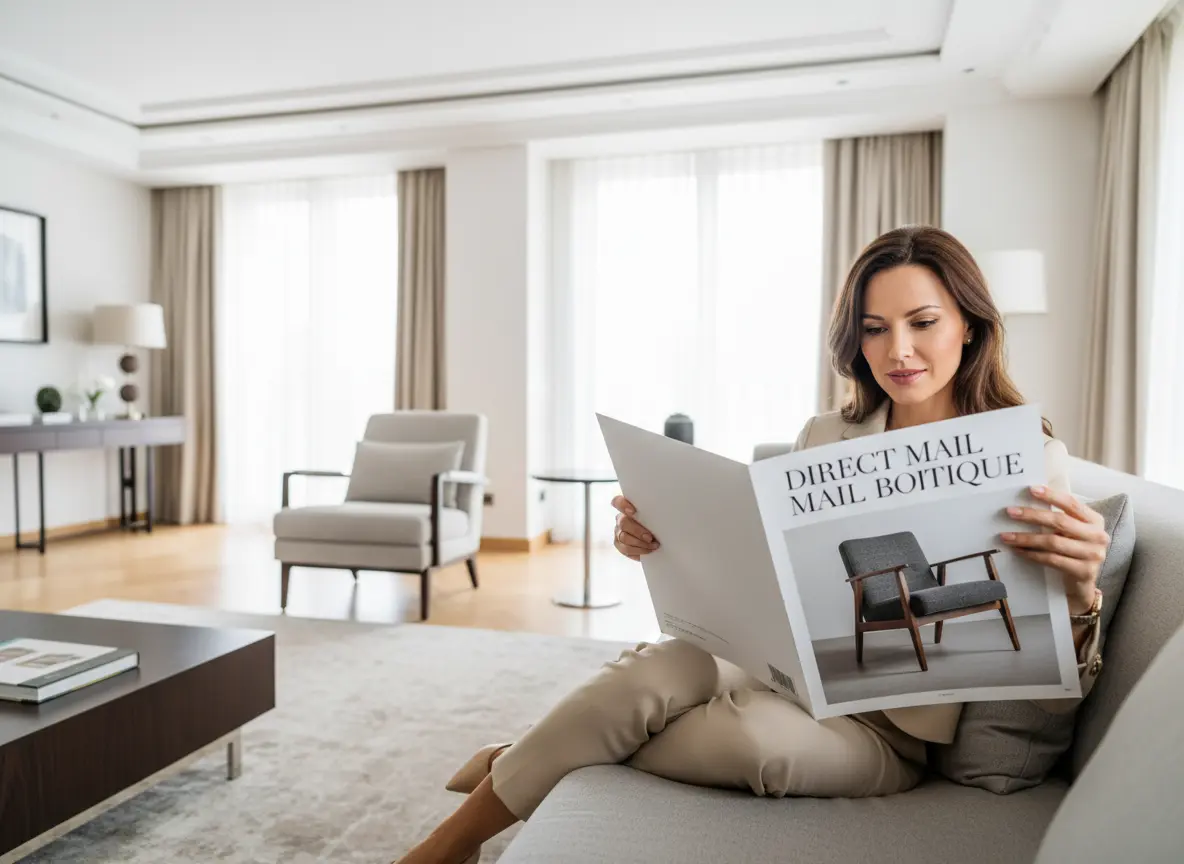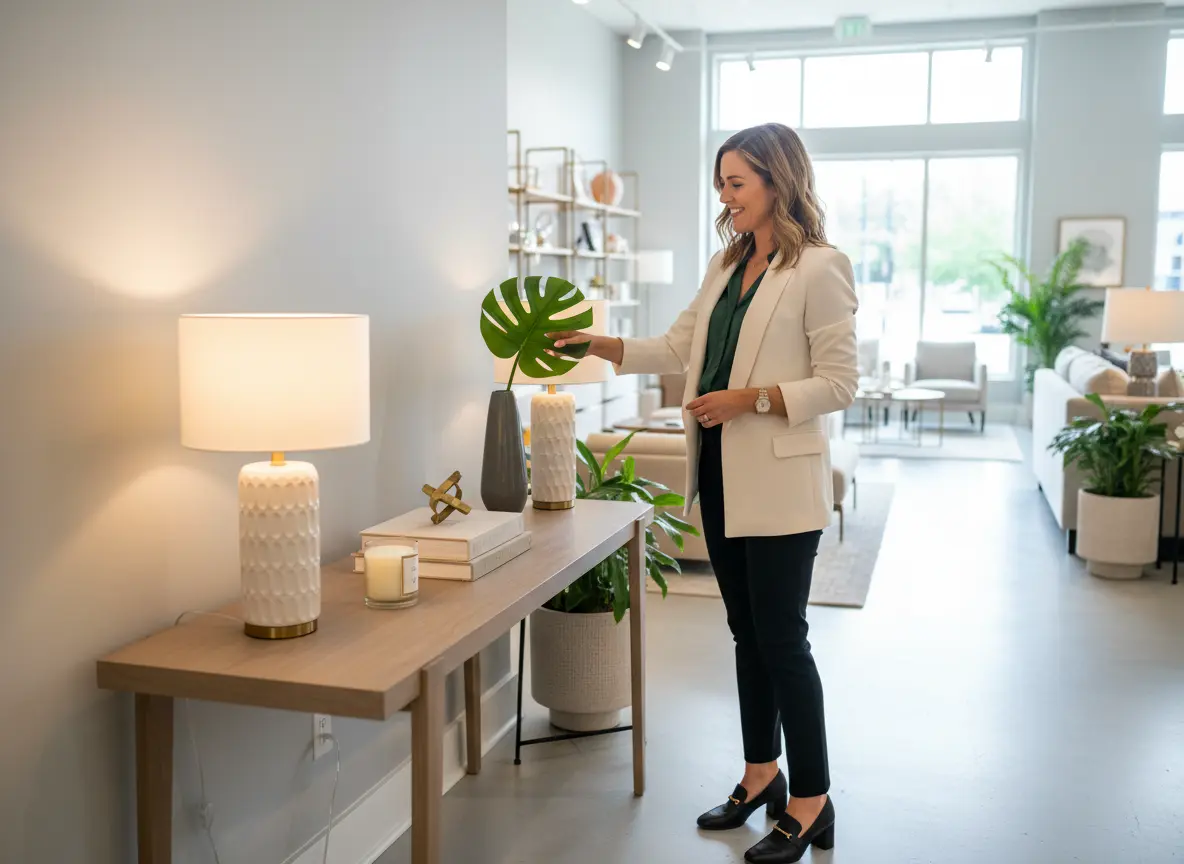Let's Be Honest: Your Store's Vibe Might Be Costing You Sales
You’ve agonized over the perfect floor plan. You’ve curated a product selection that would make a professional shopper weep with joy. You’ve even mastered the art of folding a t-shirt so it looks less like a crumpled napkin and more like a piece of modern art. But let me ask you a question: what does your store smell like? What does it sound like?
If your answer is "like a store" or "whatever the radio is playing," we need to talk. You're focusing entirely on what your customers see, but you're completely ignoring the two senses that have a direct, scientifically-proven hotline to their wallets: smell and sound. In a world of endless online shopping carts, the in-store experience is your superpower. Neglecting sensory marketing is like entering a sword fight with a pool noodle. You might look busy, but you’re not going to win.
So, let's stop leaving money on the table and dive into how you can use the subtle arts of scent and sound to create an atmosphere that doesn't just attract customers, but makes them want to stay, browse, and—most importantly—buy.
The Nose Knows: Unlocking the Power of Scent Marketing
You might think visual merchandising is king, but the sense of smell is the puppet master pulling the strings. The olfactory bulb is directly connected to the limbic system, the part of the brain that governs memory and emotion. This isn't just fluffy marketing talk; it's neuroscience, baby. A specific scent can trigger a vivid memory or a powerful feeling faster than any visual cue.
Why Your Store's Smell Matters More Than You Think
Think about the last time you walked past a Cinnabon. You smelled it before you saw it, and I’m willing to bet you suddenly felt an inexplicable urge for a 1,000-calorie frosted pastry. That’s not an accident; it’s a multi-million dollar strategy. They pump that delicious cinnamon scent into the mall's HVAC system. A study by Nike found that adding a curated scent to their stores increased customers' intent to purchase by a staggering 80%. A pleasant ambient scent can also make shoppers perceive that they’ve spent less time in your store than they actually have, encouraging them to linger.
The right scent makes your store memorable, creates a positive emotional connection with your brand, and can even make your products seem higher quality. The wrong scent—or worse, a lack of any intentional scent—can make your store feel sterile, forgettable, or just plain... off.
Choosing Your Signature Scent (Without Gassing Your Customers)
Before you run out and buy a pallet of vanilla-scented air fresheners, take a deep breath. The goal here is subtlety and brand alignment, not a full-frontal assault on your customers' sinuses. The scent should be a background note in your store's symphony, not a blaring trumpet solo.
Your scent should match your brand's identity. For example:
- Luxury Boutique: Think complex, sophisticated scents like white tea, sandalwood, fig, or even a hint of leather. The goal is to smell exclusive and expensive.
- Home Goods Store: Clean and inviting scents work best. Consider fresh linen, basil, citrus, or green tea. It should smell like the idealized version of your customers' homes.
- Outdoor/Adventure Retailer: Go for earthy, natural scents like pine, cedarwood, or fresh rain. Evoke the feeling of the great outdoors.
- Children's Toy Store: A very, very subtle scent of something sweet and simple, like vanilla or baby powder, can create a feeling of comfort and nostalgia.
The cardinal rule is this: when in doubt, less is more. If you can distinctly identify the scent from the moment you walk in, you’ve probably overdone it.
Practical Scent Strategies for Every Budget
You don't need a Cinnabon-level budget to make your store smell amazing. You can start small and scale up as you see results.
- The DIY Approach (Under $50): High-quality essential oil diffusers are your best friend. They're affordable, you can easily switch up the scents, and you can control the intensity. Place a couple in strategic, high-traffic areas. Just be sure to use pure essential oils, not synthetic fragrances that can smell cheap and cause headaches.
- The Set-It-and-Forget-It (Under $200): Invest in a professional cold-air nebulizing diffuser. These devices break down fragrance oils into a micro-mist that stays in the air longer and provides more consistent coverage without using heat or water. Many are programmable, so you can set them to run during business hours.
- The Pro-Level Integration ($$$): For larger spaces or a truly seamless experience, you can look into HVAC scenting systems. These connect directly to your store's heating and air conditioning, providing a perfectly even and subtle scent distribution. It's an investment, but it makes your signature scent an inseparable part of your store's architecture.
Don't Just Be Seen, Be Heard: The Art of Auditory Ambiance
If scent is the emotional hook, then sound is the director, setting the pace and mood for the entire shopping experience. The right soundtrack can make customers relax and browse, while the wrong one can have them running for the exit. And no, the local Top 40 station with its jarring commercials does not count as a strategy.
Setting the Mood with Music
The tempo and genre of your music have a direct, measurable impact on shopper behavior. A famous study found that playing slower-tempo music resulted in a 38% increase in sales at a supermarket. Why? Because people literally moved slower, spent more time browsing, and subsequently bought more. Conversely, fast-food restaurants often play upbeat, high-tempo music to encourage faster table turnover.
Think about what you want your customers to feel.
- For a relaxing, high-end experience: Try instrumental, classical, or mellow indie/folk music.
- For an energetic, youthful vibe: Curate a playlist of upbeat indie pop or electronic music.
- For a nostalgic, comfortable feel: Consider classic soul, jazz, or familiar hits from a specific decade.
Whatever you choose, make sure it's commercial-free. Nothing shatters a carefully crafted luxury atmosphere faster than a loud ad for a used car dealership.
How Sound Meets Service
Background music is foundational, but what about the sounds that actively help your customers? A blaring, impersonal PA announcement about a sale on aisle five is jarring. But a well-placed, friendly voice can be a powerful tool. This is where an in-store assistant like Stella transforms your auditory landscape. She provides a perfect bridge between passive ambiance and active engagement.
Instead of just hearing background music, your customers are greeted with a warm, cheerful "Hello, welcome in!" the moment they arrive. Stella can use her friendly, natural voice to mention a limited-time promotion or highlight a new product line—not as a disruptive announcement, but as a helpful suggestion. It turns the soundscape from something that's just "on" to something that's actively working to create a welcoming and informative environment, ensuring no customer goes unnoticed and every promotion gets heard.
Creating Your Sensory Symphony (Without the Cacophony)
Now that you have the two key instruments—scent and sound—it’s time to act as the conductor. The goal is a harmonious experience where everything works together to support your brand and encourage sales. The nightmare scenario is a sensory mess that confuses and repels customers.
Avoiding Sensory Overload (The "Teenage Mall circa 2004" Effect)
We've all been in that store. The music is painfully loud, and the air is thick with a cologne so powerful it feels like you're drinking it. This is sensory overload, and unless your target demographic is exclusively 16-year-olds on a mission for a new hoodie, it’s a strategy that alienates far more people than it attracts.
The key to success is congruence. Your visual, olfactory, and auditory cues must tell the same story. If you run a minimalist, high-end home decor shop, your space should smell clean and subtle (like green tea and lemongrass) and sound calm (like instrumental lo-fi beats). Playing death metal and pumping a cotton candy scent would create a bizarre, uncomfortable disconnect. The elements must complement, not compete with, each other.
Testing and Tweaking for Maximum Impact
Crafting the perfect sensory experience is not a one-and-done task. It’s an ongoing process of observation and refinement.
- Get Feedback: Don't be afraid to ask your team and even your most loyal customers for their honest opinions. "What do you think of the new playlist?" or "Is the scent in here pleasant or too strong?" This qualitative data is invaluable.
- Watch Your Metrics: Pay close attention to your store's data. After implementing a new scent or changing the music, did your average customer dwell time go up? Did you see a lift in sales for a particular product category? The numbers will tell you what's working.
- Be the Customer: Regularly leave your store, take a five-minute break to reset your senses, and then walk back in. What is your immediate impression? After being in the environment all day, you can become "nose-blind" or "ear-blind" to the atmosphere. A fresh perspective is crucial.
A Quick Reminder About Stella
As you orchestrate your store's perfect sensory environment, remember that the most critical sound is a helpful voice. Stella ensures every single shopper is greeted warmly and offered assistance, setting a positive tone from the very first second. She's the ever-present, always-on-brand voice that complements your carefully chosen music and scents.
Conclusion: Time to Make Some Scents (and Dollars)
Your store is more than just a place that holds products; it's an experience. By appealing to your customers' senses of smell and hearing, you're not just decorating a room—you're crafting an emotion and building a memory. You're creating a brand destination that people will choose over the soulless, silent, and scent-free void of online shopping.
Don't let this powerful tool go to waste. Here are your next steps:
- Conduct a Sensory Audit: Tomorrow, walk into your store as if you’re a first-time customer. Close your eyes. What do you honestly smell and hear? Write it down.
- Define Your Brand Vibe: Pick three words that describe the ideal feeling of your store (e.g., "energetic, modern, fun" or "calm, natural, luxurious").
- Make One Small Change: You don't have to do everything at once. This week, either create a branded, commercial-free playlist or purchase a single essential oil diffuser with a brand-aligned scent.
- Observe and Adapt: Pay attention. Watch how customers react. Check your numbers. Small changes can lead to big results.
Now go forth and orchestrate an experience so compelling, your customers won't know what hit their wallets. They'll just know they felt great while it happened.
